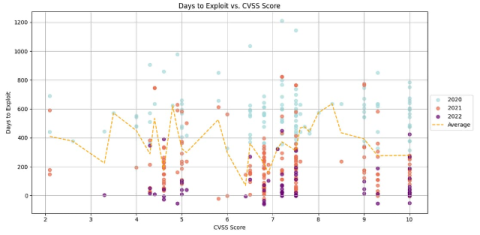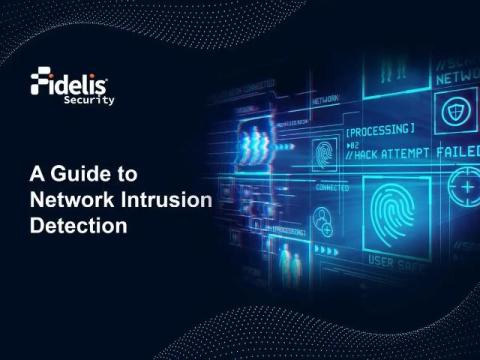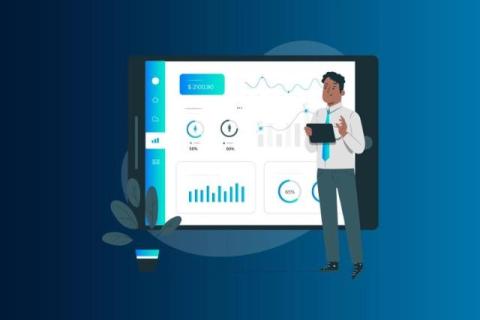The 2024 Elastic Global Threat Report: Visibility enhanced
Elastic Security Labs discovers that threat actors are taking advantage of readily available abused security tools and misconfigured environments. Elastic Security Labs has released the 2024 Elastic Global Threat Report, surfacing the most pressing threats, trends, and recommendations to help keep organizations safe for the upcoming year. Threat actors are finding success from the use of offensive security tools (OSTs), a misconfiguration of cloud environments, and a growing emphasis on Credential Access.











